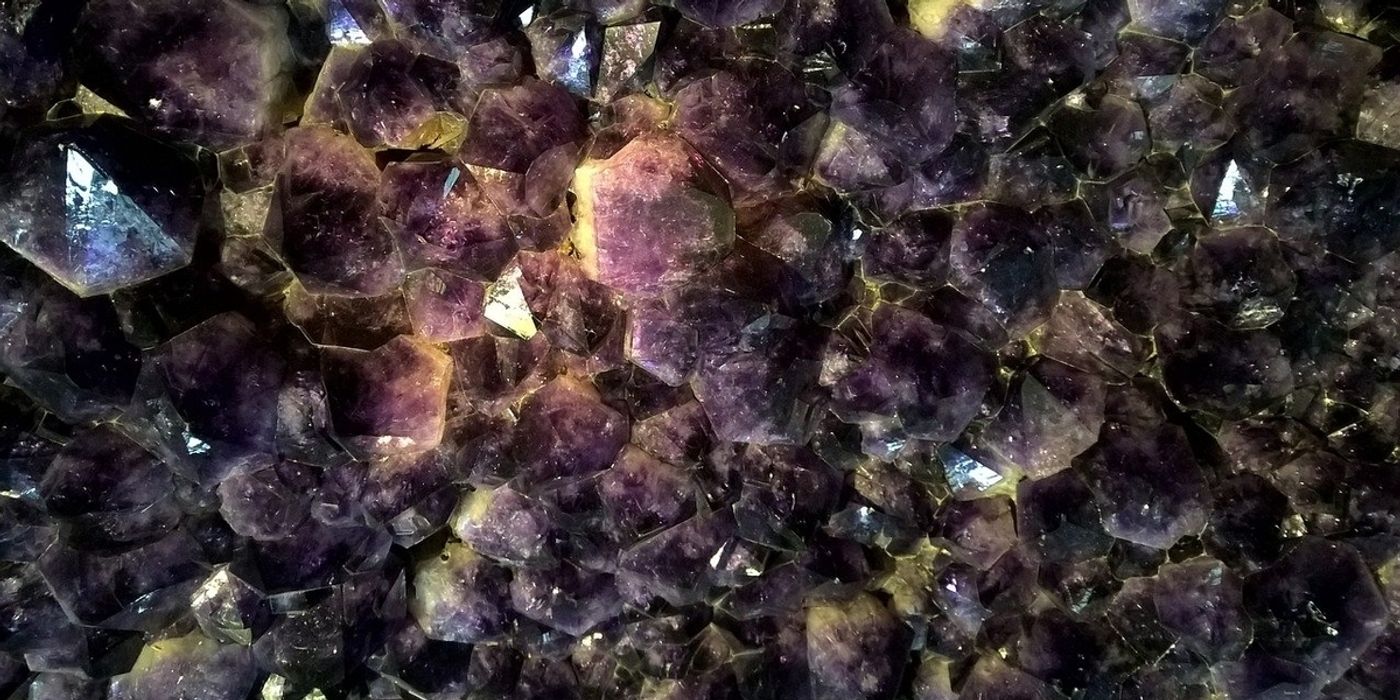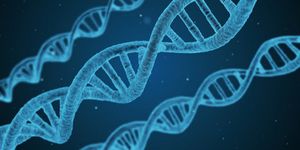Interacting Time Crystals and the Future of Time Keeping
Time crystals, also known as the space-time crystals, is a newly discovered state of matter that demonstrates distinct spatial patterns and configuration periodicity.
A group of Finnish, British, and U.S. researchers recently reported that for the first time in history, they witnessed the "message sharing" between two time crystals. This finding may have widespread implications in quantum information processing.
Normal crystals, such as salts, metals, and minerals, have spatially repeating patterns. Time crystals also have specific patterns, except that theirs alternate from moment to moment, and with no energy input.
Nobel laureate and theoretic physicist Frank Wilczek was the first to contemplate the idea of a time crystal. The hypothesis stirred great debates within the physics community, and over time the concept got further developed and was given more precise definition. In 2017, different experimental approaches were taken by two separate groups, and both led to the creation of time crystals, but of different nature.
Time Crystals! | Space Time Journal Club (PBS Space Time)
The international group behind the current study conducted their experiment at Aalto University in Espoo, Finnland. They generated their version of time crystals by freezing a rare isotope of helium, He-3, to almost absolute zero. Under the room temperature and atmosphoric temeperature, He-3 is a gaseous substance; but under a deep freeze of 0.0001K, the atoms were turned into a superfluid.
Unlike He-4 (the most prevalent form of helium), its double protons and neutrons cousin, He-3 has one fewer neutron, which gives it an overall spin of -1/2 and drastically "weird" quantum mechanical effects.
In their experiment, the two crystals were seen interacting and exchanging "information" in the form of quantized spin-wave. In a laymen's perspective, the wave can be regarded as an excitation of the electrons' spin structure as a group in a crystal lattice. This interaction led to a phenomenon known as the Josephson effect, where a "super" current that flows indefinitely long without any voltage applied within the crystal.
The researchers hope that their breakthrough discovery can be applied to improve the current atomic clock, a technology that keeps the most precise and accurate account of time, as well as other devices that rely on precise timing mechanisms such as GPS.
Dr. Samuli Autti, the lead author from U.K.'s Lancaster University, commented on the significance behind this study in an interview: "Controlling the interaction of two time crystals is a major achievement. Before this, nobody had observed two time crystals in the same system, let alone seen them interact."
This study is published in the journal Nature Materials.
Source: Phys.org









